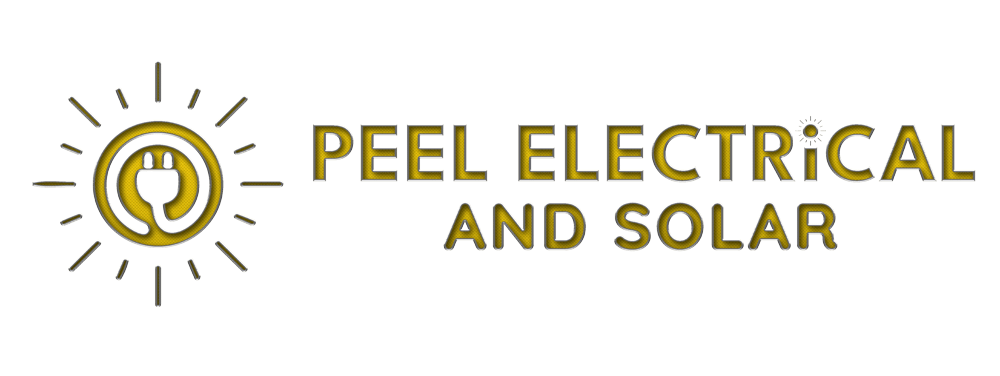Anti-islanding is a protective mechanism used in distributed generation systems, such as solar power systems, to prevent them from continuing to supply power when the main electrical grid is down. It works by detecting grid disconnection and automatically shutting down the inverter, which stops the local generation of electricity. This prevents potential safety hazards for utility workers and damage to electrical equipment. The benefits of anti-islanding include improved safety, compliance with regulatory standards, and protection of both the grid and local generation systems from unintended electrical issues.
Solar power systems have become increasingly popular as a source of renewable energy, but their widespread adoption has led to the need for safety mechanisms like anti-islanding protection.
This guide explains the importance of anti-islanding protection, which is critical to safeguarding both individuals and infrastructure.
What is Anti-Islanding Protection?
Anti-islanding protection is a technology designed to automatically disconnect a solar power system from the grid in the event of a power outage. This crucial feature prevents the system from sending power back into the grid when it’s down, a scenario that could pose serious risks to utility workers and the public.
Why is Anti-Islanding Important?
Danger to Utility Workers: If your solar system continues to generate electricity while the grid is down, it can create a live wire situation, endangering utility workers who are unaware of the isolated power source.
Equipment Damage: Uncontrolled power flow during islanding can damage your inverter and other electrical equipment in your home.
System Instability: Islanding can cause fluctuations in voltage and frequency, potentially disrupting the operation of your solar system and other appliances in your home.
Benefits of Anti-Islanding Protection
Enhanced Safety: Anti-islanding protects utility workers and your home from electrical hazards.
System Protection: It safeguards your solar equipment from potential damage.
Grid Stability: Anti-islanding contributes to the overall stability and reliability of the power grid.
How Does Anti-Islanding Protection Work?
There are two main approaches used by anti-islanding systems:
Passive Monitoring:
This method continuously monitors the grid’s electrical characteristics without actively influencing it. Common techniques include:
Under/Over Voltage (UVP/OVP) Protection: The inverter constantly checks the voltage on the grid. If the voltage falls below a safe minimum (indicating a power outage) or rises above a safe maximum, the inverter shuts down to prevent islanding.
Under/Over Frequency (UFP/OFP) Protection: Similar to voltage, this method monitors the grid’s frequency. If the frequency deviates significantly from the normal range (suggesting islanding), the inverter disconnects the solar system.
Active Detection:
This method involves the inverter actively injecting a small, controlled signal into the grid to analyze its response. Here are some common techniques:
Impedance Detection: The inverter injects a test current into the grid and measures the resulting change in voltage. During normal grid connection, the impedance (resistance) is relatively low. However, in an islanding situation, the impedance will be significantly higher. By detecting this change, the inverter can identify islanding and disconnect the solar system.
Frequency Shift: This method involves slightly altering the inverter’s output frequency for a brief period. If the grid is connected, the overall frequency will remain stable. However, in an island, the frequency will deviate more significantly, signaling islanding and prompting disconnection.
Implementing Anti-Islanding Protection in Solar Power Systems
Selection of Anti-Islanding Protection Method: The first step is to choose the appropriate method or combination of methods for anti-islanding protection based on the specific requirements of the solar power system and regulatory standards. Common methods include voltage and frequency-based detection, rate of change of voltage (ROCOV) detection, active frequency drift (AFD) detection, and synchrophasor protection.
Inverter Configuration: Grid-tied solar inverters are equipped with built-in anti-islanding protection features. These features are typically configurable and can be customized to meet the requirements of the specific installation. Inverter settings may include voltage and frequency thresholds, response times, and detection methods.
Installation and Wiring: During the installation of the solar power system, proper wiring and connections are crucial for the effective operation of anti-islanding protection. This includes connecting the inverter to the grid in accordance with manufacturer guidelines and ensuring that all communication lines between the inverter and anti-islanding protection devices are properly installed.
Testing and Commissioning: After installation, the anti-islanding protection system must be thoroughly tested to ensure its effectiveness and reliability. This may involve performing grid disturbance tests to simulate various grid fault scenarios and verifying that the inverter responds correctly to these disturbances by disconnecting from the grid.
Certification and Compliance: In many jurisdictions, solar power systems must undergo certification and compliance testing to ensure that they meet regulatory requirements, including anti-islanding protection standards. Compliance with these standards is typically a prerequisite for grid connection approval.
Monitoring and Maintenance: Once the solar power system is operational, ongoing monitoring and maintenance are essential to ensure that the anti-islanding protection system continues to function effectively over time. Regular inspections, firmware updates, and performance checks can help identify and address any issues that may arise.
What is Islanding?
Islanding is a condition in which a distributed generator, such as a solar photovoltaic (PV) system, continues to produce power and supply electricity to a local area or “island” even when the main electrical grid is shut down or disconnected.
Types of Islanding
Islanding can be broadly categorized into two types: intentional islanding and unintentional islanding.
Intentional Islanding:
Intentional islanding occurs when a distributed generation system, such as a microgrid, is deliberately isolated from the main electrical grid and continues to operate independently.
Unintentional Islanding:
Unintentional islanding happens when a distributed generation system continues to supply power to a local area without being planned or controlled, usually due to an unplanned event such as a fault or maintenance.
